Images of the Exceptionalist Consensus
The images below trace the evolution of the American Exceptionaist consensus through the lens of the Milcoms in West Germany.
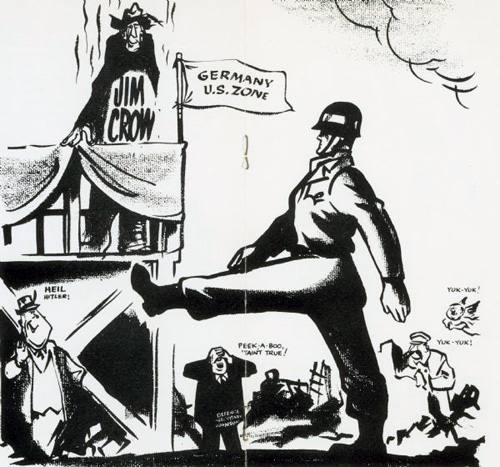
This cartoon (c. 1947) is from a pamphlet published by the Committee Against Jim Crow in Military Service and Training. It depicts the feelings of many black Americans that racial prejudice existed among postwar occupation troops and was part of the early American Exceptionalist consensus. Image Source: Wisconsin Historical Society.
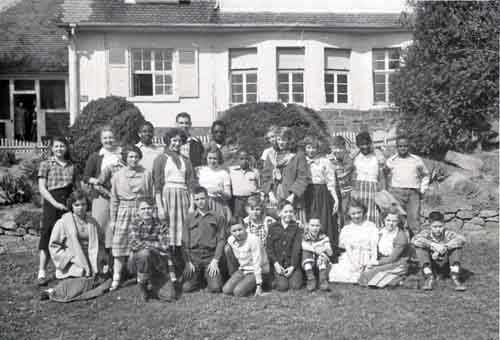
American Milcom school children (c. 1953). These "Brats," attended a separate school system established for them by the Department of Defense in 1947. This contributed to feelings of exceptionalism through segmentation and separation from German neighbors. It also contributed to the Exceptionalist consensus as a visual signifier of the tenets of 'accessible education' and 'equality' for all Americans. In that context it served as useful propaganda in the ideological war with the Soviet East. Image Source: FAHS Archive.
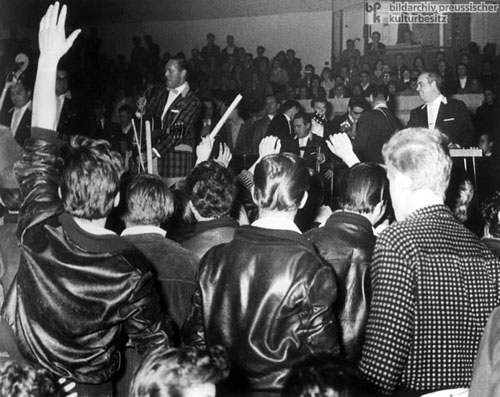
A visit from Bill Haley and the Comets (c. 1958). American culture, which arrived with the Milcom, was also exceptional and caused friction among some Germans who considered it an invasive form of 'low culture.' Image Source: German Historical Institute.
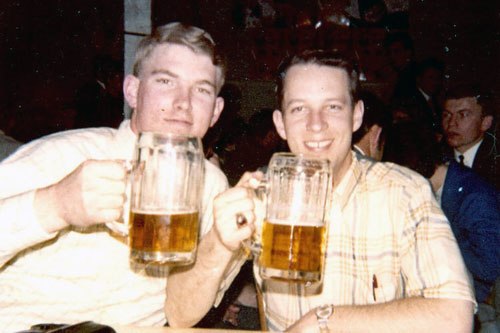
American Milcom members embraced the German culture (c. 1962). Inter-cultural penetration, which occurred at the grass-roots level, provided opportunities to exercise 'soft power' and sell the tenets of American Exceptionalism through people-to-people contact. Image Source: FAHS Archive.

Martin Luther King, Jr. visited the Berlin Wall in 1964. His visit, and the emerging Civil Rights Movement in the United States, made evident to Milcom members the understanding that the American Exceptionalist tenet of racial equality was flawed. This caused them to renegotiate their relationships with one another and rethink the image of Americanism they were selling to Germany and the world. Image Source: German Historical Institute.
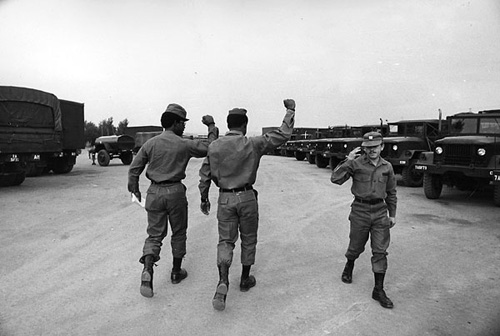
Two black American GIs salute an officer using the non-traditional Black Power sign (c.1970). Challenges to the early postwar ideas of American Exceptionalism resonated in the Milcoms of the 1960s and 1970s. Image Source: Indyweek.com.
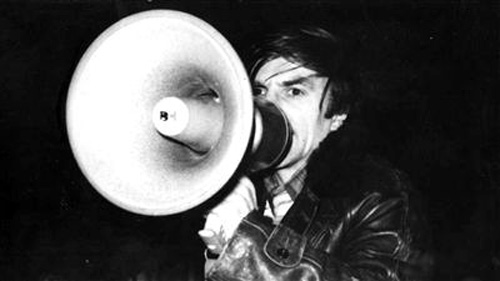
German student activists like Rudi Dutschke led protests against perceptions of American imperialism in the 1960s and 1970s. These movements paralleled those on college campuses in the United States and also resonated with American students in the Milcom dependents' school system. Image Source: Wiki Commons.
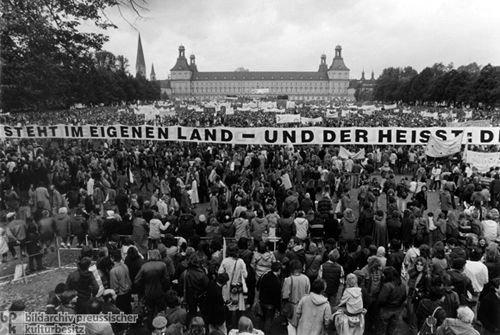
German protests, such as this 1981 peace demonstration held in response to increased East-West tensions, often pressed up against the gates of American military kasernes and Milcoms. They encouraged members of the military communities to reconsider the image of American Exceptionalism they were projecting, and to renegotiate their relationship with the German host nation. Image Source: German Historical Institute.
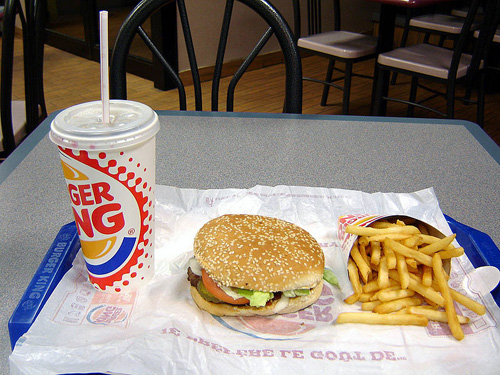
One of the lasting imprints of the Milcoms was the introduction of American culture. Fast food was one example. Franchises seemed to sprout up first in the proximity of the Milcoms. By the 1980s ideas about American Exceptionalism had changed to include 'consumerism' as one of the central tenets. Image Source: Wiki Commons.
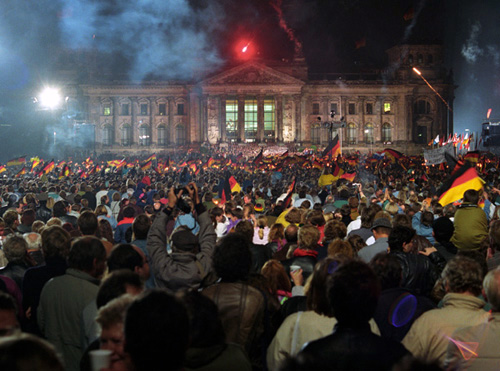
Germans celebrate October 3, 1990 as their Unity Day, marking the reunification of the two halves of their nation. In that context, it stood as a milestone marking closure to the Cold War and easing of East-West tensions. For the Milcoms, it was the final chapter in a narrative that traced their existence from establishment as a 'soft power' conduit to witnesses of change that included the growth of a trans-national consciousness and a rescripting of the American Exceptionalist consensus. Image Source: Wiki Commons.


